With the rise of social media marketing comes the opportunity to amplify the story and hone the unique identity of your business to hugely expand your consumer base. But in order to take full advantage of these opportunities and to avoid falling behind your competitors, you must learn to navigate the challenges—among them, multi-platform management.
In the swell of popular social media platforms, audiences are becoming increasingly more fragmented as their attention is diverted from one platform to the other. So in order to maintain and effectively expand your reach, it’s essential that you learn the social habits of your target audience and create cohesion in their experience with your brand, across platforms.
Fortunately, software developers are keeping up with the social media eruption. Numerous organizational systems have been created and/or refined to help businesses like yours seamlessly and successfully navigate the management of all these channels, by bringing together content drafting tools, post-scheduling automations, multi-user access, performance analytics, and everything that goes into successfully managing a social media presence.
Not all management tools are equal though. Every system has something different to offer, and it’s important to understand those differences before making the selection that best suits your business. To help, we’ve summarized the offerings and advantages of some of our favorite tools on the market right now.
Sked Social
We aren’t going to try to hide it—we have an obvious favorite. To us, the best social media management tool out there right now is, without a doubt, Sked Social. What sets Sked apart is its ability to focus on collaboration and communication, while still providing exceptional tools based around visual media.
There’s no question that, if your team is any more than one person, the drafting and approval process can be, well, clunky. Finally, Sked found a solution, with an almost seamless system for team collaboration.
Not only does Sked allow unlimited users, but it allows you to appoint roles to everyone involved in the social media creation process, assigning different permissions and tasks to each user in the development of posts. For example, you might create roles for a copywriter, graphic designer, editor, and manager; as each post moves through these stages of development, it will be tagged as such, until it’s ready for publishing. Throughout this process, collaborators can communicate directly on each post via a built-in messaging system.
Another revolutionary time-saver is the account linking capability. When publishing the same post across multiple platforms (and it accommodates practically any platform you can think of), you can simply select each applicable account, and Sked will adapt and duplicate the post for you. And this doesn’t hinder your ability to customize the post. Once duplicated, the post can be adjusted for each platform—the caption shortened for Twitter, a title added for Pinterest, hashtags moved to the first comment in Instagram, or a link updated in the bio (Oh yeah, and it does that.).
Okay, we’ve made our point. Sked is efficient, adaptable, and economical. But it’s not the only great system on the market. Let’s continue.
Sprout Social
Similar to Sked, Sprout Social prioritizes functional workflows for collaboration, data analytics for audience growth, and system integrations for efficiency. Among these functions are a collaborative post completion notification system; a data-driven post time generator; and third-party integrations with Zendesk, Salesforce, and Shopify, to name a few. At their most advanced tier, they offer a chatbot creator to manage direct messages on Twitter and Facebook.
While their offerings can support a hefty operation, their pricing model is not conducive to a team. The monthly fee, which is already pretty steep, allows for only one user, and team member integrations come with an additional fee. That said, for a small team or an individual with big social media growth dreams, Sprout Social could be the one.
Social Bee
Social Bee takes a unique approach to social media management, focusing on curation and capitalization of material through content categorization. It allows you to assign each post a category and to schedule posts, recycle posts, and collect data based upon that category. Encouraging the maximization of top-performing posts and the reuse of content for saved time, Social Bee also offers systems for easily creating post variations and offers automations for rescheduling previous posts in your queue.
With an organizational focus, Social Bee can contribute a lot of value to a company that is in the process of developing or revamping its social media strategy but who may not have the time to do all the strategic legwork manually.
Agorapulse
Agorapulse offers iterations of many of the scheduling and analytics tools offered by its competitors. However, generally more expensive and less expansive, these aren’t what give it value. What really makes Agorapulse special is its attention to CRM.
Its advanced social inbox tool allows for the easy management of all of your social user engagement in one place. Direct message management, templated replies, and an automated inbox assistant are among this tool’s offerings. Direct social interactions are essential in shaping your brand image and achieving customer loyalty, so tools that allow you to consistently catalog and respond to such engagements are not one to overlook.
If your company relies heavily on personal touch or if this direct engagement is simply where you’re struggling to hit the mark, Agorapulse may be the tool for you.
Later
If Instagram is your sole means of social media marketing, Later fits the bill. Focused primarily on visual media and with integrations exclusively for Instagram, this tool is less productive in terms of Twitter and Facebook management. However, it nails its Instagram niche.
Due to Instagram’s policies, auto-posting isn’t a function that can be used without a business account, so Later helps alleviate the hassle this causes by managing post times with push notifications.
With a grid layout that mirrors Instagram, Later enables you to quickly glance at your posts to keep track of visual brand consistency and create a stunning grid presentation.
MeetEdgar
Minimalist and easy to use, MeetEdgar is the perfect sidekick for someone looking to simply sustain their social media presence, while remaining hands-off. It is not the tool for a strategy overhaul or an audience expansion via in-depth analytics.
With a searchable post content library, category-based scheduling, and auto-generated post variations for quick content production, MeetEdgar exists for the company that already has a wide base of content to repurpose or a simple content creation process, and who simply needs a hand in maintaining consistent publishing.
Hootsuite
Hootsuite has maintained its reputation in social media management for quite some time, and though many consider it a lag compared to its counterparts in the industry, it holds its ground for good reason. It has grown firm roots in the market by offering consistency for users and sustaining the performance of the tools it offers.
Though its advanced plans get pricey pretty quick, it does offer a free plan. This and the base plan offer functional and familiar management systems and automated scheduling for 2–10 social accounts—including Instagram, Twitter, Facebook, Pinterest, LinkedIn, and Youtube—that can dependably meet the needs of a small-scale operation on a budget.
Buffer
With a unique per/channel pricing model, Buffer provides an economical option for companies seeking optimization tools and business integrations for just a few social accounts.
Even at the $5- and $10- per channel per month tiers, Buffer offers—alongside post scheduling (up to 2,000 per month) and channel customization—a bit.ly link shortening integration, Twitter and Facebook profile tagging capabilities, and Instagram story scheduling.
Choosing the Best Tool for Your Business
A number of factors can determine the best social media management platform for your business, but the most important determinant is your goal in social media marketing and how much you want to give to that goal.
If you’re ready to give your social media marketing the full attention it deserves—to rethink your social media presence for a cohesive brand and complete marketing strategy or to closely examine your performance analytics to inform how you might expand your reach and enrich your client base—consider working with TMC.
We partner with Sked Social so that we can make the process as easy as possible for you. When you tackle social media with us, you don’t have to worry about flipping through messy spreadsheets or scrolling through hundreds of lagging documents to approve content. We create posts to completion—with original copy and graphics—and send them to you directly, at which point, thanks to Sked, you can either approve or request edits with a literal click of a button.
This means more attention for your business but no more time taken from you, your team, or your creative collaborations.
Speaking of, are you looking to improve your team’s ability to collaborate? Read our blog about how Slack and Discord can help your dream team communicate.



